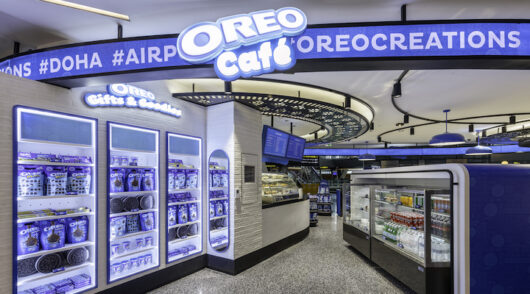Last year, almost 9 million Australian households shopped online, contributing to a 57 per cent year-on-year jump in e-commerce growth nationally, according to Australia Post’s Inside Australian Online Shopping eCommerce Industry Report, released in March.
With more Australian’s shopping online more often, it’s never been more important that retailers understand how to get the delivery experience right. Afterall, a great online retail experience culminates in a great delivery experience.
Australia Post’s latest report, The Delivery Experience: Getting it right. Why it matters. And how data can help, draws on the organisation’s rich data and insights to present five practical recommendations to help retailers increase first time delivery, manage customer expectations and boost Net Promoter Score (NPS).
Australia Post General Manager Data Science, Silvio Giorgio said this inaugural report was an opportunity to share what Australia Post has learned from its millions of daily customer interactions.
“We’ve created this report to help illustrate what getting delivery right looks like, share the investments Australia Post is making, and provide some simple adjustments retailers can make that can have a significant impact on the overall customer experience.”
Reducing the need for a signature on delivery
Reducing the requirement for a signature on some or all deliveries can lead to a drop in carding rates of up to 89 per cent.
Doron Kushlin, Co-founder of KG Group says “we’d seen how options like ‘safe drop’ had evolved. It’s more common now for parcels to be left in a safe place. We knew it would be a better customer experience. I would definitely recommend moving to authority to leave,” he says, “it’s the way to go.”
The new report shows that removing signatures on delivery barely impacts lost-in-transit rates – proving that items still arrive safely in customers’ hands – without the need for a signature. “It’s better for the customer, and we have had no increase in missing parcel queries. No issues at all. Authority to leave works well, I’m happy” confirms Doron.
Offering alternative collection points
The new report also shows that deliveries to apartments increased faster than those to houses in the past 12 months, up nearly 80 per cent YOY. Unsurprisingly, deliveries to apartments have the lowest first-time delivery rate and lowest NPS – given the challenges of getting access to the front door.
With the number of deliveries increasing overall – and specifically those to apartments – it’s important for retailers to offer more ways for customers to collect their parcels. In fact, there’s a compelling 37-point boost in NPS when customers choose a collection point versus being carded to a Post Office.
Wayne Baskin, Deputy CEO and CTO of Booktopia found that offering alternative collection points* can give customers a greater sense of control. “We were early adopters of Parcel Lockers, and our parcel size really suits that option,” says Wayne. More recently, he’s seen customers embrace alternative retail collection points, like the local supermarket or pharmacy, “because it gives them more options to collect their parcel” he says.
Get more practical recommendations
As the above insights demonstrate, retailers can put practical measures in place to improve the delivery leg of the e-commerce journey. For more insights and recommendations, download the Delivery Experience Report today.
*Terms, conditions and collection time limits apply. You have 48 hours to collect your parcel from a Parcel Locker, 10 business days to collect from a participating Parcel Collect (Post Office) location, and 30 days from a PO Box. Size limits apply. For full terms and conditions, go to auspost.com.au/receiving/alternative-delivery-addresses
This article is provided for general information purposes only and is not intended to be specific advice for your business needs.






